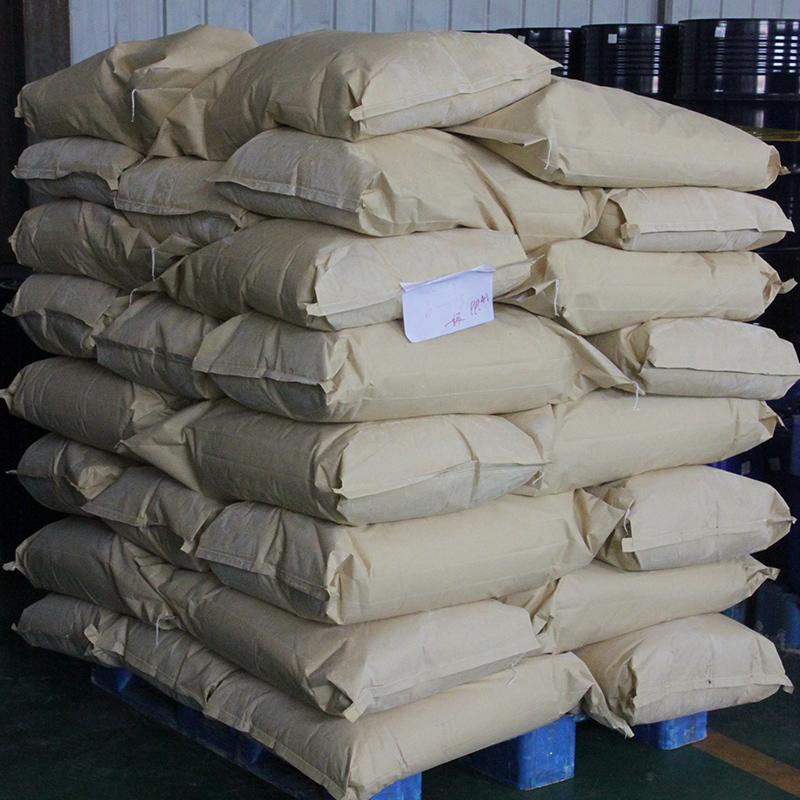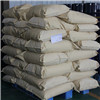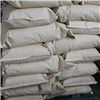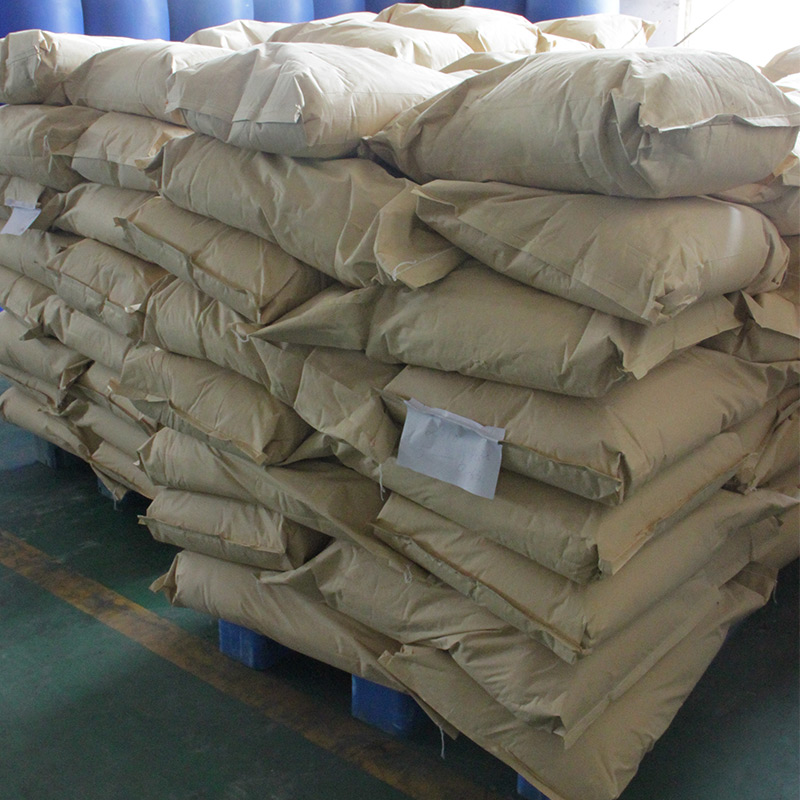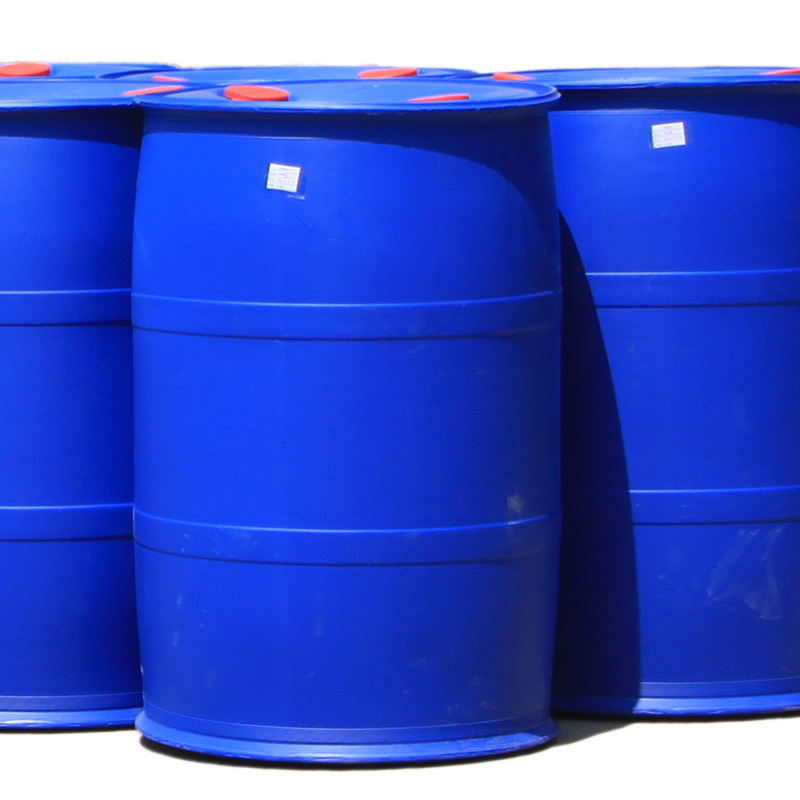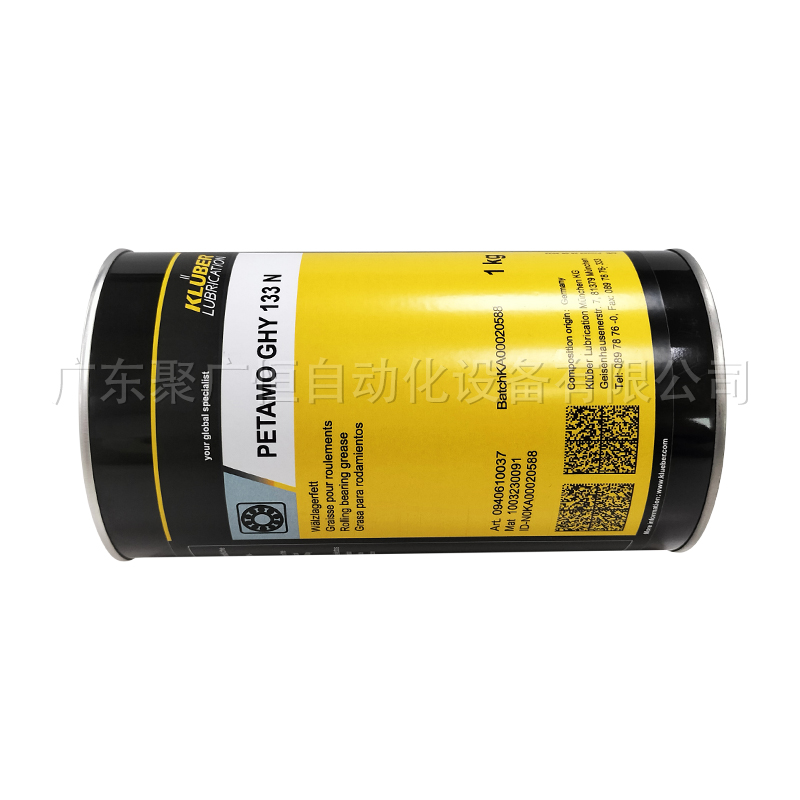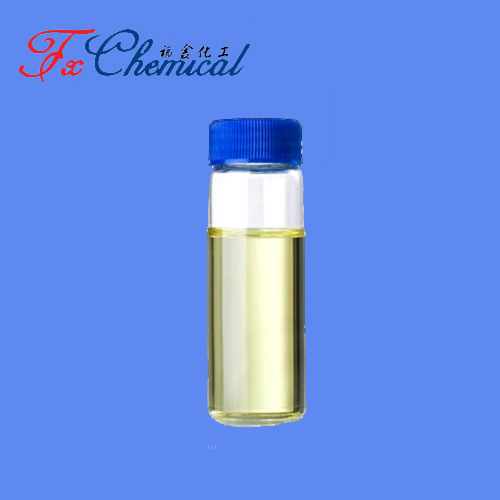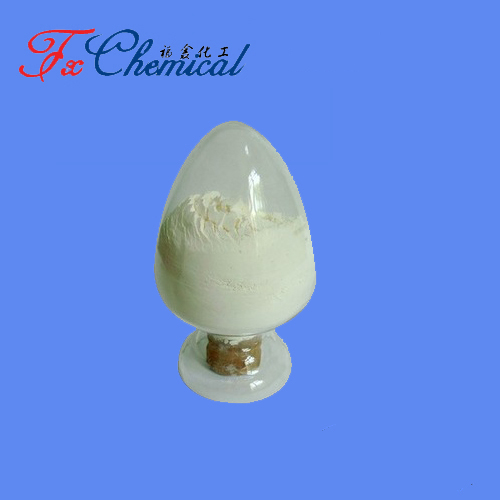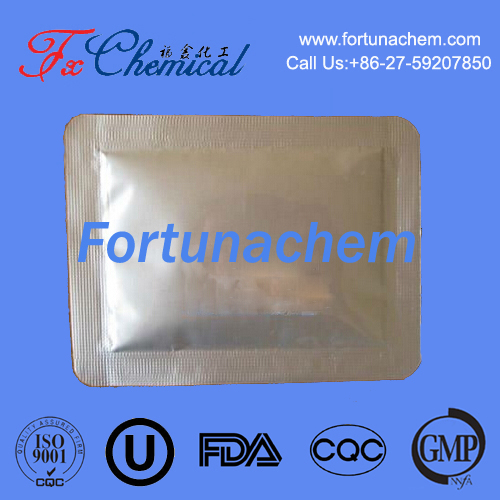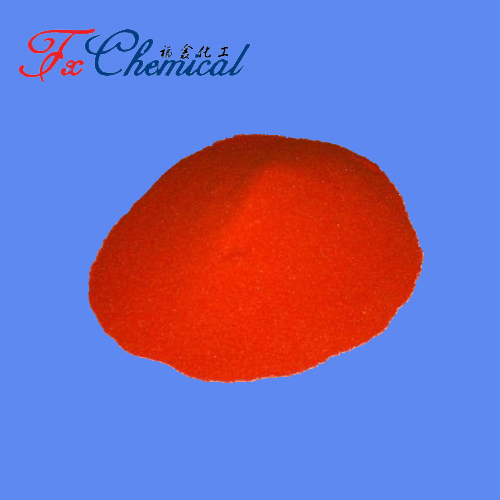Cathodic reductive coupling of methyl cinnamate on boron-doped diamond electrodes and synthesis of new neolignan-type products
Cathodic reductive coupling of methyl cinnamate on boron-doped diamond electrodes and synthesis of new neolignan-type products
The electroreduction reaction of methyl cinnamate on a boron-doped diamond (BDD) electrode was investigated. The hydrodimer, dimethyl 3,4-diphenylhexanedioate (racemate/meso = 74:26), was obtained in 85% yield as the major product, along with small amounts of cyclic methyl 5-oxo-2,3-diphenylcyclopentane-1-carboxylate. Two new neolignan-type products were synthesized from the hydrodimer.
Numerous lignans and neolignans were found as secondary plant metabolites, and many of them are known to exhibit interesting biological activities[1]. Due to their plausible roles as defense substances of plants, lignans, neolignans, and their congeners are promising candidates for agricultural chemicals, and some of their antioxidant and/or anti-inflammatory properties may be utilized for biological research and as lead structures for chemotherapeutic agents. Despite consisting of two phenylpropane (C6–C3) fragments, the variety of carbon frameworks provides a huge library of lignans and neolignans[2-4]. As a result of their structural diversity, they have been targets of synthetic and biological investigations. Several synthetic approaches, including electrochemical oxidative coupling reactions mimicking biosynthetic pathways, were reported to construct the backbones of these molecules[5]. Recently, boron-doped diamond (BDD) electrodes have attracted a great deal of attention for their wide potential window against evolution of both hydrogen and oxygen and for their high stability which is derived from their diamond carbon structure[6]. Although anodic oxidation reactions mediated by BDD electrodes have been exploited in organic synthesis, there have been only few reports regarding their application in preparative-scale cathodic reduction of organic compounds[7].
During our investigations of phenolic oxidation reactions using BDD electrodes, we observed the generation of solvent-derived methoxy radicals that conducted an oxidation process of the phenol substrate to the corresponding coupling product[8]. In our second investigation on the use of the BDD electrode in organic synthesis, the electrochemical reduction of methyl cinnamate (1a) was investigated to assess the applicability of BDD electrodes under cathodic reduction conditions, and to obtain new neolignan-type bioactive substances. As shown inFigure1, the radical intermediate derived from phenylacrylate through a one-electron reduction (right) differs from that obtained by anodic oxidation of 4-hydroxyphenyl-1-propene (left). Therefore, the reductive dimerization of cinnamic acid derivatives was expected to provide access to unprecedented neolignan-type dimeric compounds.
The ester methyl cinnamate (1a) was electrolyzed under constant current electrolysis (CCE) conditions in a divided cell. Solvents used for the reactions played a significant role in providing the desired coupling (Table1, entries 1–5). Thus, only acetonitrile (Table1, entry 5) gave the desired coupling product (±)-2[9]in 4% yield, recovered educt1aand hydrolyzed product1b. The undesired hydrolysis could be depressed using a phosphate-buffered solution in the cathodic cell (pH 7,Table1, entries 7–11), and finally the optimized conditions for the synthesis of2(85% yield, racemate/meso = 74:26) were acquired in the case of 2.5 F/mol current (Table1, entry 11).
Table 1:Cathodic reduction of1aon a BDD electrode.
|
Entrya |
Solvent |
Currentdensity (mA/cm2) |
Potential(V vs SCE) |
F/mol |
Yield (%)b |
|||
|
1a |
1b |
2[(±)/meso)]c |
3d |
|||||
|
1 |
DMSO |
−2.08 to −1.93 |
1 |
32 |
51 |
0 |
0 |
|
|
2 |
DMF |
−1.96 to −1.86 |
1 |
43 |
43 |
0 |
0 |
|
|
3 |
TFEe |
−2.00 to −1.85 |
1 |
100 |
0 |
0 |
0 |
|
|
4 |
MeOH |
−2.08 to −1.84 |
1 |
74 |
12 |
0 |
0 |
|
|
5 |
MeCN |
−2.00 to −1.88 |
1 |
42 |
46 |
4 (100/0) |
0 |
|
|
6 |
MeCNf |
−2.21 to −1.98 |
1 |
10 |
23 |
19 (79/21) |
3 |
|
|
7 |
MeCNg |
−2.07 to −1.89 |
1 |
23 |
13 |
33 (85/15) |
5 |
|
|
8 |
MeCNh |
−1.91 to −1.83 |
1 |
45 |
0 |
44 (73/27) |
3 |
|
|
9 |
MeCNh |
−2.02 to −1.84 |
26 |
0 |
67 (73/27) |
5 |
||
|
10 |
MeCNh |
−2.00 to −1.82 |
15 |
0 |
70 (73/27) |
5 |
||
|
11 |
MeCNh |
−2.12 to −1.93 |
1 |
0 |
85 (74/26) |
4 |
||
aUpon using undivided cell systems, the reaction proceeded slower than in the divided cell cases, and lower selectivity of2and3was observed.bIsolated yields.cThe ratio of (±) and meso forms was determined by1H NMR spectroscopy.dEnantiomeric mixture.e2,2,2-Trifluoroethanol.fContaining 0.07 M pH 6.0 phosphate buffer.gContaining 0.07 M pH 7.0 phosphate buffer.hContaining 0.33 M pH 7.0 phosphate buffer.
To check for a different behavior of the BDD electrode, several electrode materials, including glassy carbon (GC), platinum (Pt), and magnesium (Mg), were examined as cathodes under the optimized electrolytic conditions (Table1, entry 11). Hydrogen evolution at the electrode was recognized when Pt and Mg electrodes were used, and the educt1awas recovered in high yield. The GC electrode provided the coupling product2(34%, racemate/meso = 74:26) andE-3(25%), along with 41% of1a. Similar cathodic reductions of cinnamate derivatives were carried out using Hg[10,11], Cu[12,13], Pb[13,14], Zn[13], Sn[13], and Ag[13], and the major products were the cyclic products (type3) through Diekmann-type cyclization, whereas the hydrodimer2was the predominantly produced product in the present BDD electrode mediated reduction. Despite a different product ratio, the GC electrode gave similar reaction products to that of the BDD electrode.
Synthesis of new neolignans
As shown inScheme1, after separation of the diastereomeric mixture, (±)-2was submitted to the chemical conversion into the new neolignan-type derivativesE-5andE-8. Thus, reduction of (±)-2with LiAlH4gave the alcohol (±)-4[15]in quantitative yield, which on oxidation with PCC[16]gave the lactoneE-5in 32% yield. Selective DIBAL reduction ofE-5gave an inseparable mixture of6and7, which were identified by1H NMR spectroscopy. Subsequent treatment of the mixture with Et3SiH in the presence of BF3·OEt2finally gaveE-8.
Conclusion
The cathodic reduction of1ausing BDD electrode predominantly gave the dimeric product2in 85% yield. A remarkable solvent effect of MeCN was observed for this dimerization reaction, while stereoselectivity was unaffected among the conditions tested and the racemic form was predominant over the meso form in all cases. Electrochemically prepared (±)-2was further converted intoE-5andE-8as novel unprecedented neolignan-type derivatives. These results provide an example for an electroorganic synthesis using cathodic reductive coupling on a boron-doped diamond electrode.
Send product request
Other supplier products
| High quality 2-Methylcinnamic acid from Landmarkind | High quality 2-Methylcinnamic acidfrom Landmarkind Name:2-Methylcinnamic acid Synonym: 2-METHYLCINNAMIC ACID;3-O-TOLYL-ACRYLIC ACID;METHYLCINNAMI... | |
| High quality P-Hydroxycinnamic Acid from landmarkind | High quality P-Hydroxycinnamic Acidfrom landmarkind Name: P-Hydroxycinnamic Acid Alias: 3-(4-hydroxyphenyl)-2- acrylic acid;Trans-4-hydroxy cinna... | |
| High quality Cinnamoyl chloride from Landmarkind | High quality Cinnamoyl chloride from Landmarkind Name: Cinnamoyl chloride CAS No.:102-92-1 Molecular Formula:C9H7ClO Molecular Weight:166.604... | |
| High quality Propyl cinnamate from Landmarkind | High quality Propyl cinnamatefrom Landmarkind Name: Propyl cinnamate CAS No.: 7778-83-8 Formula: C12H14O2 Molecular Weight: 190.24 Boiling p... | |
| High quality 3-Chlorocinnamic acid from Landmarkind | High quality 3-Chlorocinnamic acidfrom Landmarkind Name: 3-Chlorocinnamic acid Synonyms: 3-(3-chlorophenyl)-,(E)-2-Propenoicacid;RARECHEM BK HC T... |
Same products
| KLUBER PETAMO GHY 133 N Grease for Placement Machine | Seller: Guangdong Juguangheng Automation Equipment Co.,Ltd. | NSK LR3 80G/PC 20PC,50PC/Carton NSK AS2 80G/PC 20PC,50PC/Carton ... | |
| DL-Mevalonolactone CAS 674-26-0 Wholesale & Bulk | Seller: Wuhan Fortuna Chemical Co.,Ltd. | DL-Mevalonolactone CAS 674-26-0Wholesale & Bulk DL-Mevalonolactone is a chemical compound, s... | |
| Cyclophosphamide CAS 50-18-0 Wholesale & Bulk | Seller: Wuhan Fortuna Chemical Co.,Ltd. | Cyclophosphamide CAS 50-18-0Wholesale & Bulk Cyclophosphamide is a medication used primarily... | |
| Dydrogesterone CAS 152-62-5 Wholesale & Bulk | Seller: Wuhan Fortuna Chemical Co.,Ltd. | Dydrogesterone CAS 152-62-5Wholesale & Bulk Dydrogesterone is a synthetic progestogen, a typ... | |
| Acriflavine Hydrochloride CAS 8063-24-9 Wholesale & Bulk | Seller: Wuhan Fortuna Chemical Co.,Ltd. | Acriflavine Hydrochloride CAS 8063-24-9Wholesale & Bulk Acriflavine hydrochloride is a chemi... |










